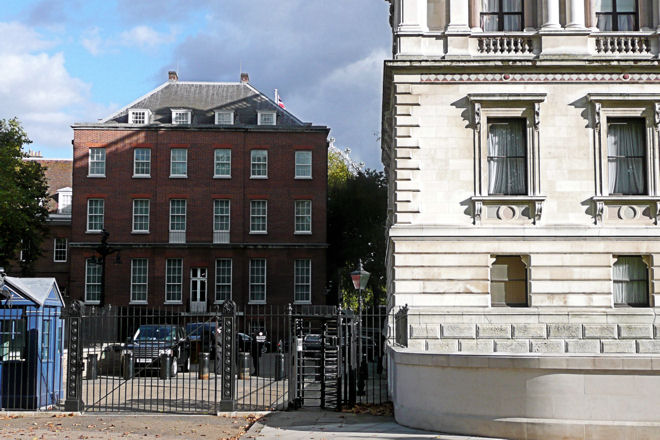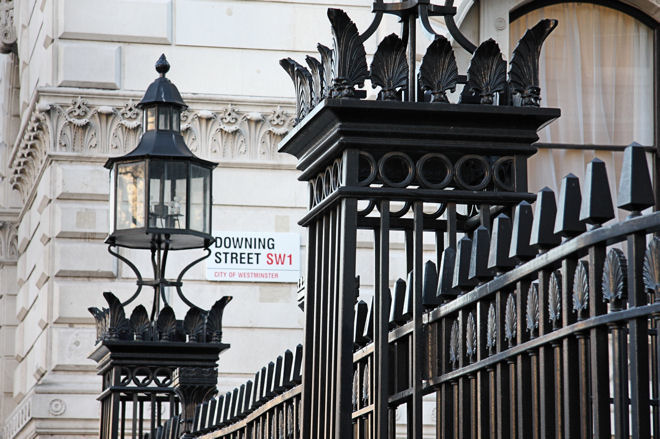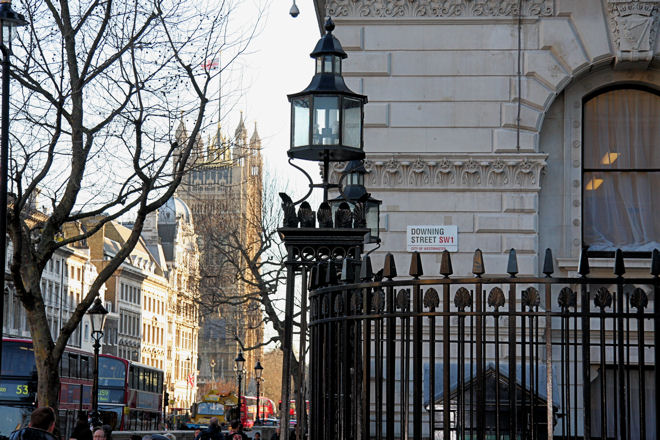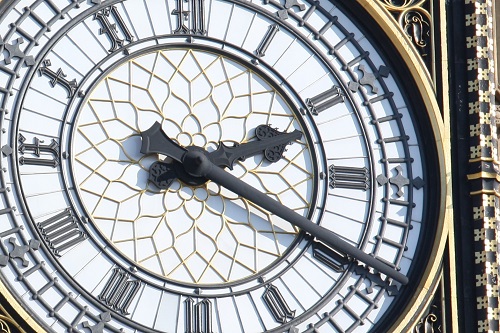Downing Street, Walk London Self-Guided Sightseeing Tour

 10 Downing Street
10 Downing Street
No 10 Downing Street is the official office and home to the 1st Lord of the Treasury, better known as the British Prime Minister. The door to 'Number 10' is probably the most famous door in the world. As headquarters of Her Majesty's Government cabinet meetings are regularly held at No 10 and, on behalf of the Queen, receptions for visiting world leaders and foreign Heads of Government.
No 10 Downing Street is the home and official office to the Prime Minister.
Downing Street is named after Sir George Downing, a soldier, diplomat and property developer born 1623 in Ireland. George Downing, whose mother was the sister of Massachusetts Bay Governor John Winthrop, moved to America with his family when he was 15. George was in the first class to graduate from Harvard University in 1642.
The 'house at the back' from Horse Guards Road.
In 1684 Downing acquired some land and built a row of 15 terraced townhouses behind a 16th Century stately mansion which overlooked St. James's Park.
Downing's townhouses, although designed by Sir Christopher Wren, were not built to a very high standard and caused irritation to the neighbours, especially to The Countess of Lichfield, daughter of Charles II, who lived in the mansion which overlooked the development.
Downing Street is closed to the public.
The mansion, once home to Sir Thomas Knyvet (who in 1605 famously caught Guy Fawkes plotting to assassinate James I), was built on London’s most important and valuable real estate, a natural place for the centre of governance.
Today, No 10 Downing Street, which has been extensively modernised, has over a 100 rooms and is a combination of three buildings; the stately mansion (known as ‘the house at the back’), one of Downing's original townhouses and an adjacent small cottage.
Downing Street, named after Sir George Downing, a 17th century developer.
Most of the other original townhouses have been demolished. What remains in addition to No 10 is No 11, the official residence of the Chancellor of the Exchequer and No 12, the official residence of the Parliamentary Secretary to the Treasury who also uses No 9 as his offices.
For Security reasons it is no longer possible to walk from Whitehall through Downing Street to Horse Guards Road.
Visitor Infomation
No 10 Downing Steet is not open to visitors, Downing Street is closed to the public.Further information:
No 10 Downing Street
